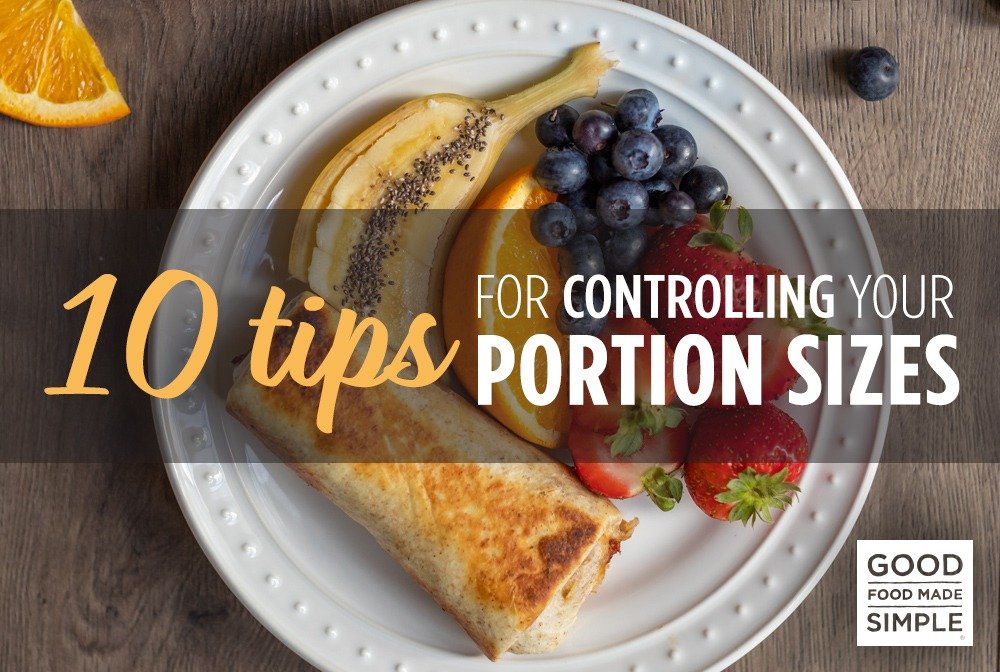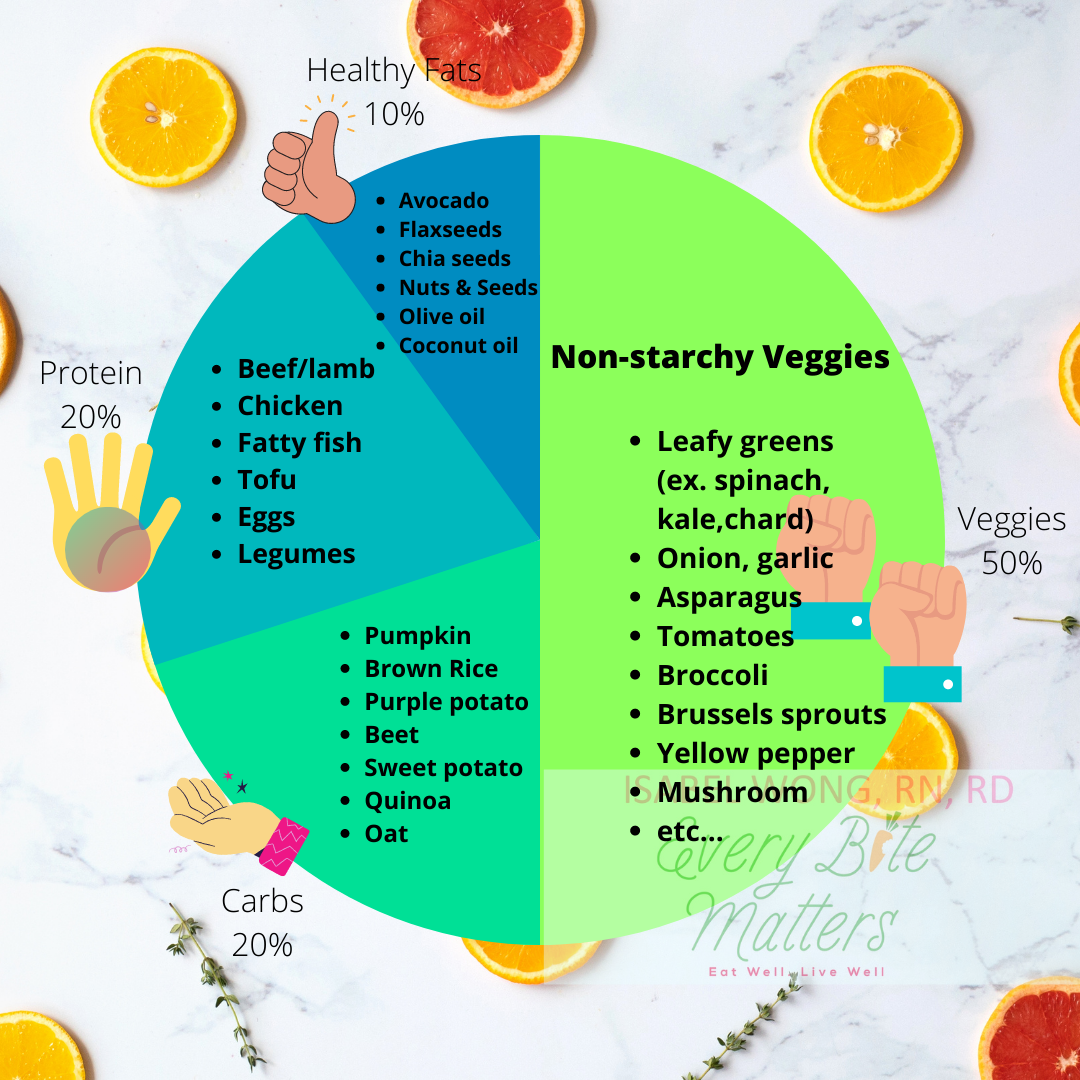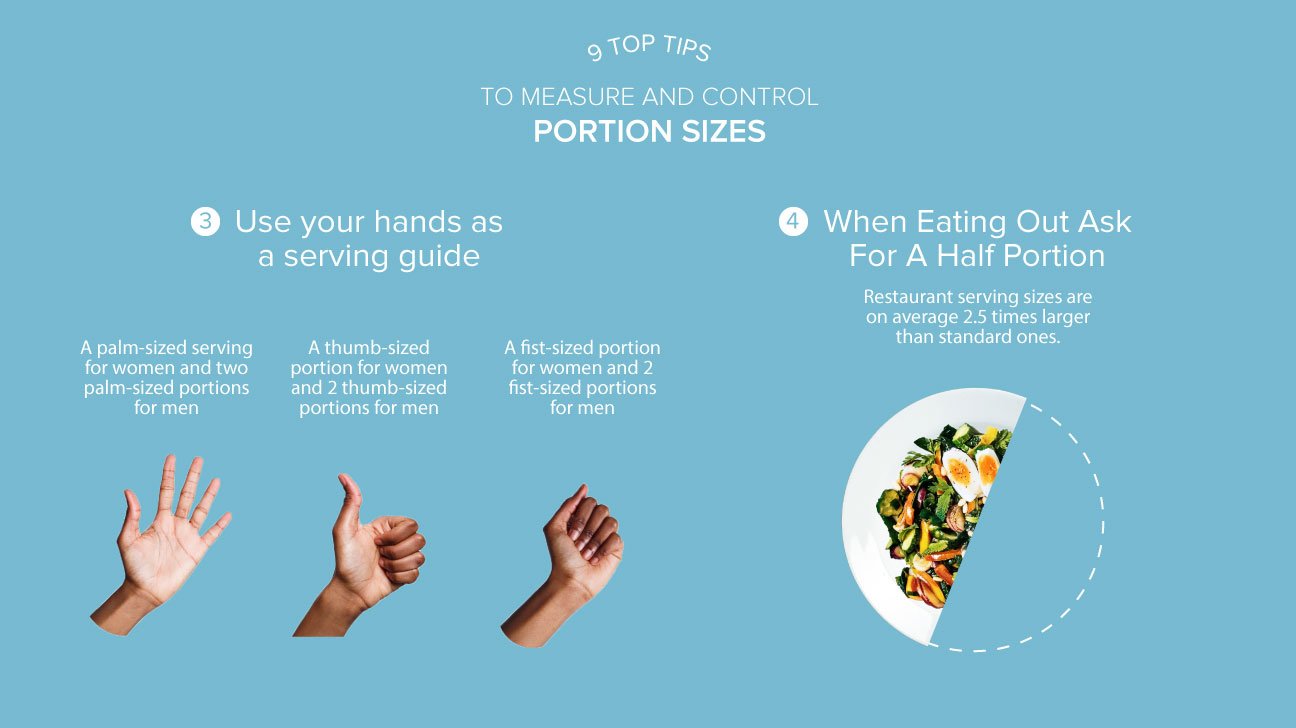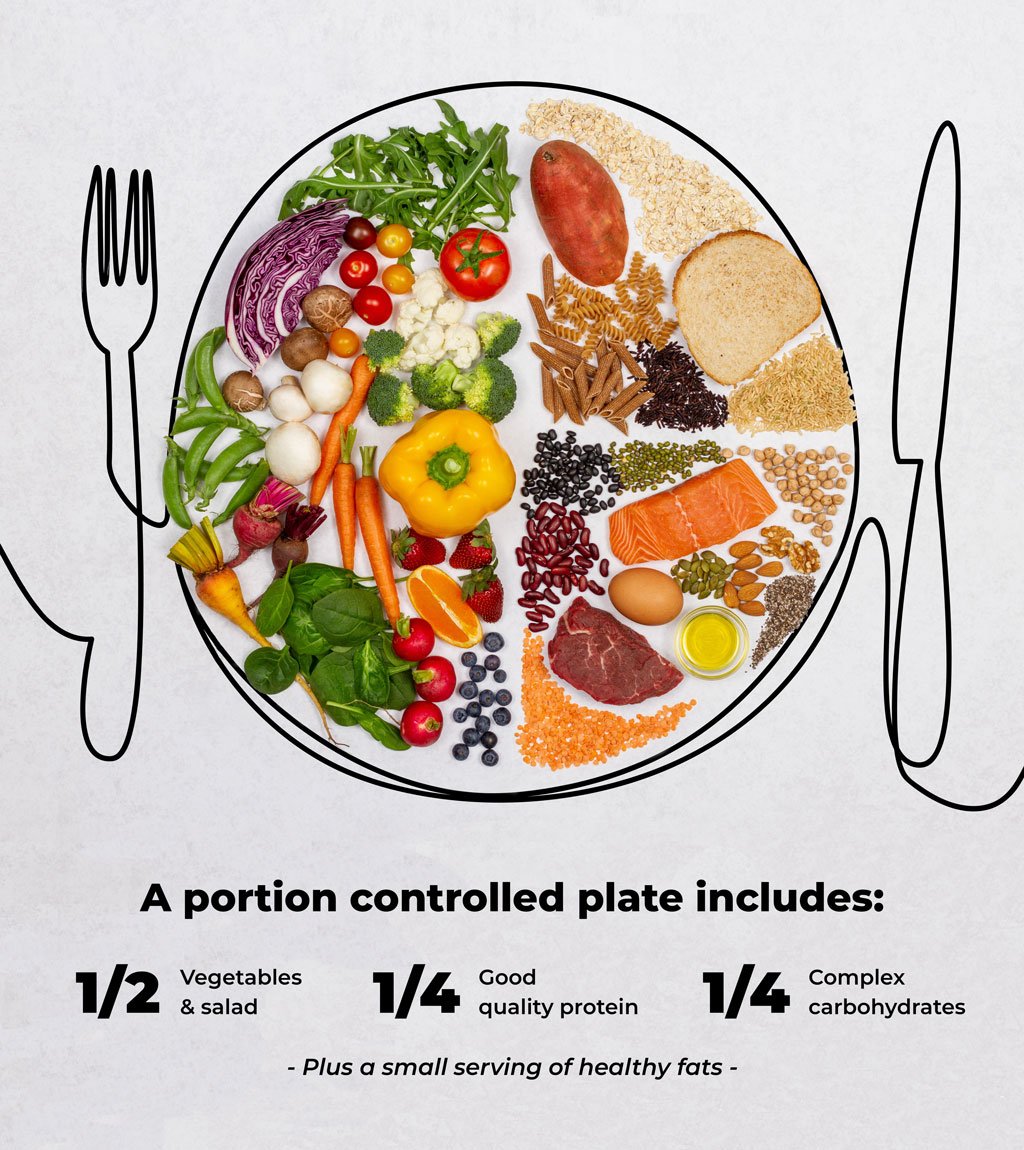Are you tired of struggling with portion control when it comes to maintaining a healthy diet? Look no further! This article presents 10 simple and effective tips that will help you take charge of your portions and make healthier choices. From using smaller plates to practicing mindful eating, these strategies are easy to implement and will make a big difference in your overall well-being. So, if you’re ready to transform your eating habits and achieve your health goals, keep reading for some practical portion control advice that anyone can follow!

This image is property of images-prod.healthline.com.
10 Easy Portion Control Tips for Healthy Eating
Maintaining a healthy diet is all about balance and portion control plays a crucial role in achieving that balance. By keeping your portion sizes in check, you can ensure that you’re providing your body with the right amount of nutrients without overeating. If you’re looking for simple yet effective ways to control your portions, here are 10 tips that you can easily incorporate into your daily routine.
1. Use Smaller Plates and Bowls
Believe it or not, the size of your plates and bowls can have a significant impact on the amount of food you consume. By using smaller plates and bowls, you automatically trick your brain into thinking that you’re eating a larger portion. This can help you feel more satisfied with smaller amounts of food, ultimately reducing your overall calorie intake.
Why it works
Studies have shown that people tend to eat more when they are presented with larger portions. By downsizing your dinnerware, you naturally limit the amount of food you serve yourself, making it easier to control your portions without feeling deprived.

This image is property of www.goodfoodmadesimple.com.
2. Measure Your Food
Eyeballing portion sizes can often lead to inaccuracies, which can hinder your portion control efforts. Instead, get into the habit of using measuring cups or a food scale to accurately portion your meals. This helps you become more aware of the actual quantities you’re consuming and allows you to adjust accordingly.
Why it works
Measuring your food takes the guesswork out of portion control. It ensures that you’re not unknowingly consuming more calories than you intend, allowing you to make more informed choices about your eating habits.
3. Eat Mindfully
In today’s fast-paced society, we often find ourselves eating on-the-go or while multitasking. This can lead to mindless eating, where we’re not fully aware of the amount of food we’re consuming. By practicing mindful eating, you can tune into your body’s hunger and fullness cues, leading to better portion control.
Why it works
Mindful eating encourages you to eat slowly, savor each bite, and pay attention to the sensations of hunger and fullness. By being present in the moment while eating, you become more in tune with your body’s signals, allowing you to stop eating when you’re satisfied, rather than when your plate is empty.

This image is property of everybitematters.net.
4. Fill Half Your Plate with Vegetables
Vegetables are not only packed with essential vitamins and minerals, but they’re also low in calories and high in fiber, making them the perfect addition to your portion-controlled meals. By filling half your plate with vegetables, you’re ensuring that you’re getting a good dose of nutrients while naturally reducing the space for higher-calorie foods.
Why it works
Vegetables are low in energy density, meaning they have fewer calories compared to their volume. By prioritizing them on your plate, you can still enjoy a satisfying meal while keeping your portions in check. Plus, the fiber content in vegetables helps you feel fuller for longer, reducing the temptation to overeat.
5. Don’t Skip Meals
It may seem counterintuitive, but skipping meals can actually sabotage your portion control efforts. When you skip a meal, you’re more likely to feel extremely hungry later on, which can lead to overeating and making poor food choices. Instead, aim to eat regular, balanced meals and snacks throughout the day to keep your hunger in check.
Why it works
Regular meals and snacks help regulate your blood sugar levels and keep your metabolism functioning optimally. By maintaining a steady flow of nutrients throughout the day, you’re less likely to experience intense hunger pangs that can throw your portion control off track.

This image is property of images-prod.healthline.com.
6. Choose Nutrient-Dense Foods
When it comes to portion control, not all foods are created equal. Opting for nutrient-dense foods, such as fruits, vegetables, whole grains, lean proteins, and healthy fats, allows you to consume larger volumes of food without drastically increasing your calorie intake.
Why it works
Nutrient-dense foods pack a high amount of essential nutrients per calorie. These foods are usually filling and provide important nutrients that support your overall health. By incorporating more of these foods into your meals, you can enjoy larger portions without feeling guilty.
7. Limit Processed Foods
Processed foods, such as packaged snacks, sugary drinks, and fast food, are often high in calories, unhealthy fats, and added sugars. These foods can quickly derail your portion control efforts and contribute to weight gain. By limiting your intake of processed foods, you can focus on consuming whole, unprocessed foods that are more nutrient-rich.
Why it works
Processed foods tend to be highly palatable and easy to overeat due to their high levels of artificial flavors, salt, and sugar. By cutting back on these foods, you’re reducing the temptation to consume larger portions and avoiding unnecessary empty calories.

This image is property of assets.sweat.com.
8. Slow Down While Eating
Eating too quickly can easily lead to overeating, as it takes time for your body to register feelings of fullness. By taking your time and savoring each bite, you allow your brain to catch up with your stomach and recognize when you’re satisfied.
Why it works
Research has shown that people who eat slower tend to consume fewer calories, as they give their bodies enough time to signal when they’ve had enough. To slow down while eating, try putting your utensils down between bites, chewing your food thoroughly, and enjoying the flavors and textures of each bite.
9. Drink Water Before Meals
Drinking water before meals can help curb your appetite and prevent overeating. Often, we mistake thirst for hunger, leading to unnecessary snacking or larger portion sizes. By staying hydrated and drinking a glass of water before each meal, you can reduce the chances of overeating.
Why it works
Water has zero calories and can help create a feeling of fullness in the stomach. By hydrating adequately, you’re less likely to mistake thirst for hunger, allowing you to control your portions more effectively.
10. Pay Attention to Portion Sizes
Lastly, it’s important to be mindful of portion sizes when preparing and serving meals. Familiarize yourself with appropriate portion sizes for different food groups, and be mindful of how much you’re consuming. Use visual cues, such as measuring cups, to ensure you’re staying within the recommended serving sizes.
Why it works
Paying attention to portion sizes allows you to manage your calorie intake and ensure that you’re not inadvertently eating more than necessary. By being aware of what constitutes a proper portion, you can easily incorporate portion control into your daily routine and maintain a healthy balance in your diet.
In conclusion, portion control plays a vital role in maintaining a healthy diet. By implementing these 10 easy tips into your routine, you can take control of your portions and promote healthy eating habits. Remember, it’s all about finding a balance that works for you and listening to your body’s hunger and fullness cues. With a little practice and mindfulness, you’ll be well on your way to achieving your health goals. Cheers to a healthier, happier you!